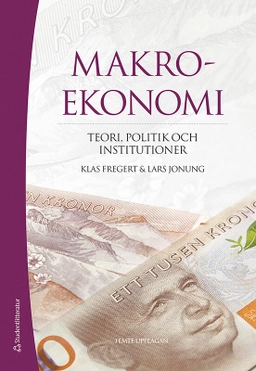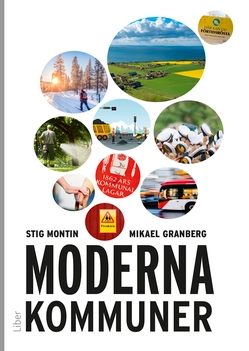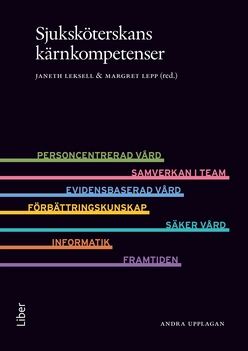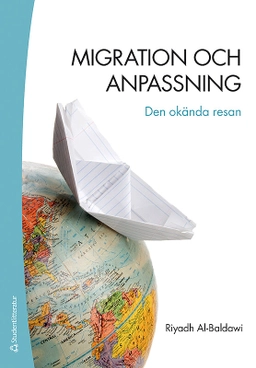Public relations practitioners are often called upon to help chart their organization's strategic development, thus functioning as managerial decision makers linking the organization to its larger environment. This book is about understanding organizations, especially the role played by organizational decision making in the development and implementation of public relations programs and activities. It emphasizes the ways in which an organization's culture and decision making processes ultimately influence the success or failure of their public relations efforts.
The research, case studies, and author's interpretations and suggestions explore the often confusing netherworld of organizational mindsets -- particularly as those world views affect the organization's relations with clients and other stakeholders. Understanding organizational politics is the way to understanding how and why decisions are made by the organization's dominant coalition. The primary goal of this text is to enhance our understanding of the ways in which organizations "work" -- the political process that accompanies organizational decision making.
As an instrumental participant in the organizational political process, the public relations practitioner must posess knowledge and understanding of the organization's political process in order to succeed within that organization. Given the need for public relations practitioners to form coalitions, negotiate consensus, and advocate organizational interests, the political system metaphor is most approriate for understanding the relationship between organizational power and organizational public relations. This book, then, "steps back" from a focus solely on the design of public relations programs, and instead examines how the impetus for those programs emerges within the organization as a result of organizational politics in action.
Its special features include:
* practitioner responses at the end of each chapter providing commentary on the usefulness of the ideas presented;
* sidebars from popular sources illustrating theories;
* new case studies;
* merging of management and organizational theory and research with communication theory and research;
* a focus on external stakeholders from both an advocacy and a collaborative frame resulting in the creation of a "collaborative advocacy" framework for external communication; and
* an extended examination of ethical considerations pertaining to organizational decision making and communication.
Åtkomstkoder och digitalt tilläggsmaterial garanteras inte med begagnade böcker





















